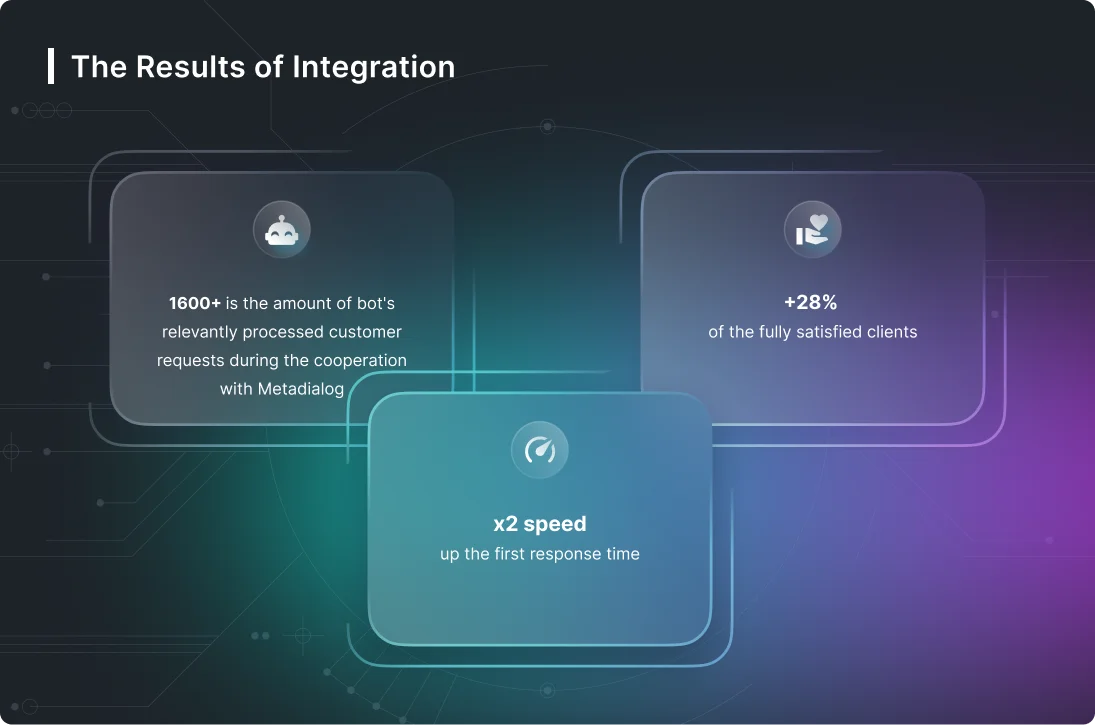Natural Language Processing NLP with Python Tutorial
But once it learns the semantic relations and inferences of the question, it will be able to automatically perform the filtering and formulation necessary to provide an intelligible answer, rather than simply showing you data. Information extraction is concerned with identifying phrases of interest of textual data. For many applications, extracting entities such as names, places, events, dates, times, and prices is a powerful way of summarizing the information relevant to a user’s needs. In the case of a domain specific search engine, the automatic identification of important information can increase accuracy and efficiency of a directed search. There is use of hidden Markov models (HMMs) to extract the relevant fields of research papers.
Google Applies NLP Algorithm BERT to Search – InfoQ.com
Google Applies NLP Algorithm BERT to Search.
Posted: Tue, 05 Nov 2019 08:00:00 GMT [source]
From language modeling to machine translation, RNNs excel in capturing sequential dependencies within data, making them instrumental in tasks requiring an understanding of context and order. In finance, NLP can be paired with machine learning to generate financial natural language algorithms reports based on invoices, statements and other documents. Financial analysts can also employ natural language processing to predict stock market trends by analyzing news articles, social media posts and other online sources for market sentiments.
Vision, status, and research topics of Natural Language Processing
Affixes that are attached at the beginning of the word are called prefixes (e.g. “astro” in the word “astrobiology”) and the ones attached at the end of the word are called suffixes (e.g. “ful” in the word “helpful”). Refers to the process of slicing the end or the beginning of words with the intention of removing affixes (lexical additions to the root of the word). Following a similar approach, Stanford University developed Woebot, a chatbot therapist with the aim of helping people with anxiety and other disorders.
Stemmers are simple to use and run very fast (they perform simple operations on a string), and if speed and performance are important in the NLP model, then stemming is certainly the way to go. Remember, we use it with the objective of improving our performance, not as a grammar exercise. It is a discipline that focuses on the interaction between data science and human language, and is scaling to lots of industries. Most higher-level NLP applications involve aspects that emulate intelligent behaviour and apparent comprehension of natural language. More broadly speaking, the technical operationalization of increasingly advanced aspects of cognitive behaviour represents one of the developmental trajectories of NLP (see trends among CoNLL shared tasks above). The earliest decision trees, producing systems of hard if–then rules, were still very similar to the old rule-based approaches.
How does NLP work?
The objective of this section is to present the various datasets used in NLP and some state-of-the-art models in NLP. There is a system called MITA (Metlife’s Intelligent Text Analyzer) (Glasgow et al. (1998) [48]) that extracts information from life insurance applications. Ahonen et al. (1998) [1] suggested a mainstream framework for text mining that uses pragmatic and discourse level analyses of text.
Two Natural-Language AI Algorithms Walk Into A Bar… – IEEE Spectrum
Two Natural-Language AI Algorithms Walk Into A Bar….
Posted: Fri, 18 Jun 2021 07:00:00 GMT [source]
Find out how your unstructured data can be analyzed to identify issues, evaluate sentiment, detect emerging trends and spot hidden opportunities. More critically, the principles that lead a deep language models to generate brain-like representations remain largely unknown. Indeed, past studies only investigated a small set of pretrained language models that typically vary in dimensionality, architecture, training objective, and training corpus.
Vocabulary based hashing
But a computer’s native language – known as machine code or machine language – is largely incomprehensible to most people. At your device’s lowest levels, communication occurs not with words but through millions of zeros and ones that produce logical actions. In this article, we’ve seen the basic algorithm that computers use to convert text into vectors.

This article will compare four standard methods for training machine-learning models to process human language data. Rationalist approach or symbolic approach assumes that a crucial part of the knowledge in the human mind is not derived by the senses but is firm in advance, probably by genetic inheritance. It was believed that machines can be made to function like the human brain by giving some fundamental knowledge and reasoning mechanism linguistics knowledge is directly encoded in rule or other forms of representation. Statistical and machine learning entail evolution of algorithms that allow a program to infer patterns. An iterative process is used to characterize a given algorithm’s underlying algorithm that is optimized by a numerical measure that characterizes numerical parameters and learning phase.
On the properties of neural machine translation: Encoder–decoder approaches
This way it is possible to detect figures of speech like irony, or even perform sentiment analysis. Recent years have brought a revolution in the ability of computers to understand human languages, programming languages, and even biological and chemical sequences, such as DNA and protein structures, that resemble language. The latest AI models are unlocking these areas to analyze the meanings of input text and generate meaningful, expressive output.
Further inspection of artificial8,68 and biological networks10,28,69 remains necessary to further decompose them into interpretable features. Although there are doubts, natural language processing is making significant strides in the medical imaging field. Learn how radiologists are using AI and NLP in their practice to review their work and compare cases. Natural language processing plays a vital part in technology and the way humans interact with it. It is used in many real-world applications in both the business and consumer spheres, including chatbots, cybersecurity, search engines and big data analytics. Though not without its challenges, NLP is expected to continue to be an important part of both industry and everyday life.
Natural Language Processing (NLP)
Natural language processing (NLP) is generally referred to as the utilization of natural languages such as text and speech through software. Deep learning (DL) is one of the subdomains of machine learning, which is motivated by functions of the human brain, also known as artificial neural network (ANN). DL is performed well on several problem areas, where the output and inputs are taken as analog. Also, deep learning achieves the best performance in the domain of NLP through the approaches.
The set of all tokens seen in the entire corpus is called the vocabulary. Gathering market intelligence becomes much easier with natural language processing, which can analyze online reviews, social media posts and web forums. Compiling this data can help marketing teams understand what consumers care about and how they perceive a business’ brand. In the form of chatbots, natural language processing can take some of the weight off customer service teams, promptly responding to online queries and redirecting customers when needed. NLP can also analyze customer surveys and feedback, allowing teams to gather timely intel on how customers feel about a brand and steps they can take to improve customer sentiment. Relationship extraction takes the named entities of NER and tries to identify the semantic relationships between them.
But later, some MT production systems were providing output to their customers (Hutchins, 1986) [60]. By this time, work on the use of computers for literary and linguistic studies had also started. As early as 1960, signature work influenced by AI began, with the BASEBALL Q-A systems (Green et al., 1961) [51]. LUNAR (Woods,1978) [152] and Winograd SHRDLU were natural successors of these systems, but they were seen as stepped-up sophistication, in terms of their linguistic and their task processing capabilities.

